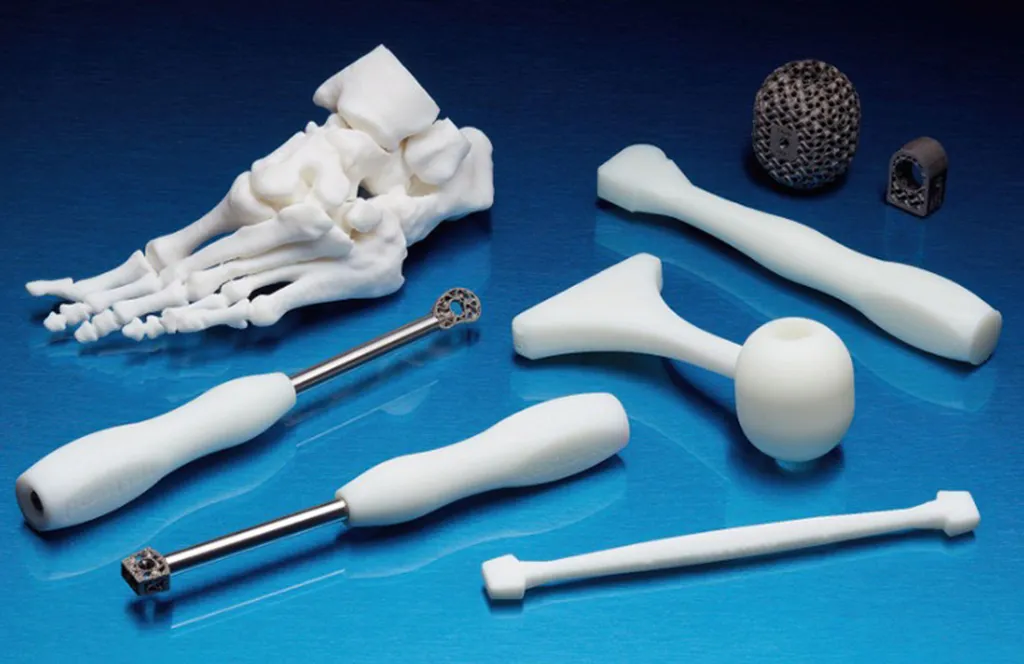In a groundbreaking development that could revolutionize bone implant technology, researchers have successfully designed and fabricated porous bone scaffolds using 3D printing technology, incorporating Negative Poisson’s Ratio (NPR) metamaterials. The study, led by Shubo Xu, was recently published in the journal ‘Materials Research’ (translated from the original Portuguese, ‘Pesquisa em Materiais’).
The research focuses on creating bone scaffolds with unique cell structures that exhibit negative Poisson’s ratio, a property that allows materials to expand perpendicularly to the applied force, rather than contracting as is typical with most materials. This characteristic is particularly advantageous for bone implants, as it can enhance their ability to withstand complex loading conditions.
Xu and his team designed four different re-entrant hexagonal honeycomb (NRHH) porous scaffolds with varying extension angles (15°, 30°, 45°, and 60°). These designs were then fabricated using selective laser melting (SLM), a 3D printing technology that uses a high-powered laser to melt and fuse metallic powders together.
“The key to this research is the innovative use of NPR metamaterials in bone implants,” Xu explained. “By carefully designing the cell structure and utilizing advanced 3D printing technology, we can create scaffolds that better mimic the mechanical properties of natural bone.”
The study evaluated the effects of structural design on residual stress, surface roughness, and compressive properties of the NRHH porous scaffolds. The results showed that the 15°-NRHH porous scaffold exhibited optimal performance. As the extension angle increased, the scaffold introduced higher residual stresses, increased surface roughness, and generated more deformation, stress, and strain, ultimately decreasing compressive performance.
This research has significant implications for the medical industry, particularly in the development of bone implants. The use of NPR metamaterials can lead to more durable and effective implants, improving patient outcomes and reducing the need for revision surgeries.
Moreover, the methodology employed in this study can be applied to other sectors, including the energy industry. For instance, the design and fabrication of porous structures with tailored mechanical properties can enhance the performance of energy storage devices, such as batteries and supercapacitors.
“The potential applications of this research extend beyond the medical field,” Xu noted. “The principles we’ve demonstrated can be adapted to various industries, driving innovation and improving product performance.”
As the field of 3D printing continues to evolve, the integration of advanced materials like NPR metamaterials will play a crucial role in shaping future developments. This research not only advances our understanding of porous bone scaffolds but also paves the way for innovative solutions in other sectors, highlighting the transformative power of interdisciplinary collaboration.
With the findings published in ‘Materials Research’, the scientific community now has a robust framework to build upon, fostering further advancements in the design and application of NPR metamaterials.

